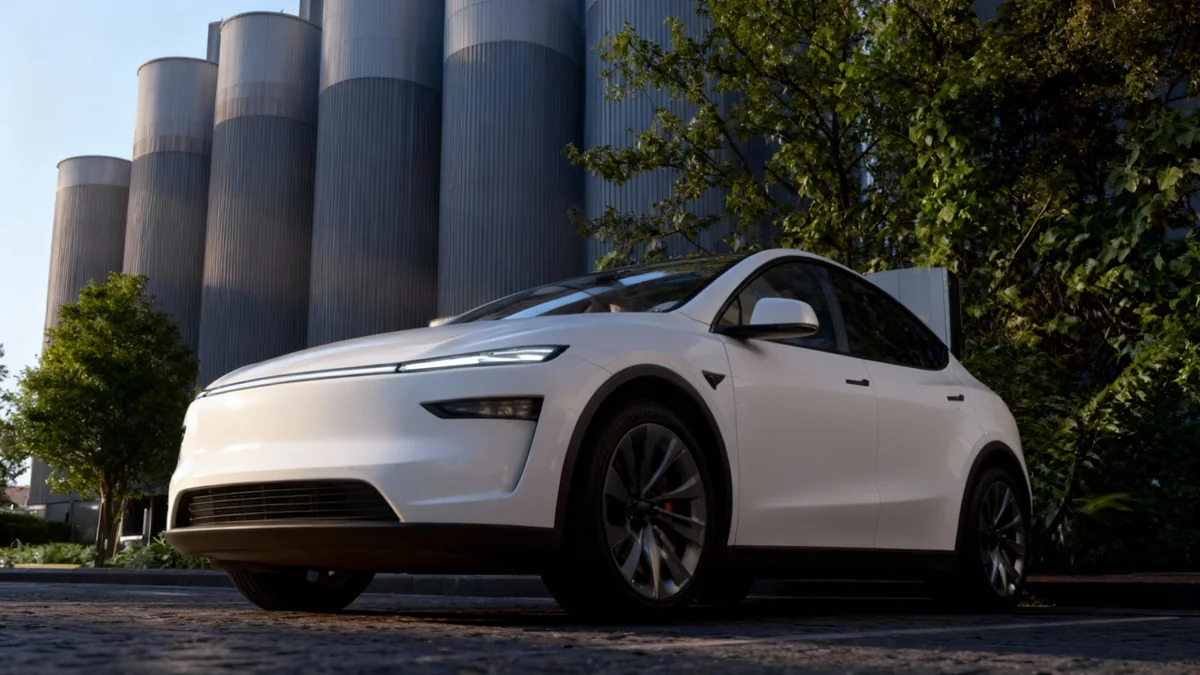A significant shift in the global technology landscape reveals that China has become a dominant force in producing top-tier artificial intelligence talent. According to 2022 data, individuals from China comprised 47 percent of the world's leading AI researchers, though a notable gap remains, as only 12 percent of these experts worked within the country.
This trend challenges long-held views about China's role in technological innovation, suggesting a move from technology adoption to fundamental research and development. The findings are highlighted in a new analysis of global innovation, positioning China as a primary competitor to the United States in the technology sector.
Key Takeaways
- In 2022, researchers from China accounted for 47% of the world's top AI talent.
- Despite the high number of researchers, only 12% of them were employed in China, indicating a significant talent diaspora.
- Analysis from author Mehran Gul's book, "The New Geography of Innovation," identifies China as the sole major competitor to the U.S. in technology.
- Recent breakthroughs from companies like DeepSeek and Alibaba in open-source AI models underscore China's growing research capabilities.
The Changing Geography of Innovation
The idea that China primarily excels at implementing existing technologies on a large scale is an outdated "misperception," according to Mehran Gul, author of the recently published book The New Geography of Innovation. His work maps the rise of new technological powers outside of the United States, including the UK, Singapore, and Canada.
Gul, a winner of the Financial Times/McKinsey Bracken Bower Prize with a background at the World Economic Forum and the United Nations, concludes that the global centers of innovation are changing. His research presents a new world order in technology where traditional assumptions no longer hold true.
"The geography of innovation is shifting," Gul states in his book, which was released in July. He argues that this change is not just a minor adjustment but a fundamental realignment of technological power.
In his analysis, China stands out distinctly from other nations. He positions the country as the most formidable challenger to the longstanding tech dominance of the United States. "China today is the only competitor," Gul writes.
A Singular Rival
Gul's assessment of the competitive landscape is direct. While other countries are making strides in technology and fostering startup ecosystems, he suggests they do not currently pose the same level of challenge as China. "Others are trying, but they’re not good enough to be dangerous," he explains in his book.
Data Reveals Talent Production and Drain
The most compelling evidence of China's rise in AI is rooted in its human capital. The 2022 statistics paint a clear picture of a nation that has become the world's foremost producer of elite AI researchers. Nearly one in every two top AI researchers globally is from China.
However, this data also reveals a critical challenge for the country's domestic tech industry. The fact that 47 percent of top researchers are Chinese, yet only 12 percent work in China, points to a significant "brain drain." A large majority of this talent pool is currently contributing to research and development in other countries, most notably the United States.
China's AI Talent by the Numbers (2022)
- 47% of the world's top AI researchers were from China.
- 12% of these Chinese researchers worked within China.
- This indicates that approximately 35% of the world's top AI researchers are Chinese nationals working abroad.
This diaspora of talent has complex implications. While it demonstrates the strength of China's educational and training systems, it also means that the direct economic and innovative benefits of their work are often realized elsewhere. The global competition for this elite talent is a central element of the ongoing US-China tech rivalry.
Milestones in Chinese AI Development
Beyond talent production, Chinese companies are achieving significant milestones that confirm the country's advanced research capabilities. These successes are shifting perceptions and demonstrating practical, high-level innovation.
DeepSeek's Reasoning Model
In a major achievement for China's AI community, the company DeepSeek had a peer-reviewed article on its R1 reasoning model published in the prestigious British journal Nature in September. Publication in such a high-impact journal signifies that the research has met rigorous international standards of scientific excellence and originality.
Gul specifically pointed to this development as proof of China's research strength. "The rise of DeepSeek... proved that China’s AI research is strong," he said in an interview. Reasoning models are a critical frontier in AI, as they aim to equip machines with problem-solving abilities that go beyond simple pattern recognition.
Alibaba's Open-Source Leadership
Another key example comes from Alibaba Group Holding. The company's family of open-source large language models (LLMs), known as Qwen, has gained global recognition. According to Hugging Face, a leading platform for the AI development community, models from the Qwen family consistently rank among the world's top 10 open-source LLMs.
Open-source models are particularly important because they allow developers and researchers worldwide to build upon, scrutinize, and improve the technology. Alibaba's success in this area demonstrates not only its technical prowess but also its growing influence within the global AI ecosystem.
Conclusion: A New Era of Tech Competition
The combination of massive talent production and landmark research achievements signals a definitive shift in China's global technological standing. The country has firmly moved from being a follower to a leader in foundational AI research.
While the challenge of retaining its top talent remains, the sheer volume of researchers it produces ensures its influence will continue to grow. For the United States and other global powers, this new reality requires a reassessment of China's capabilities and its role in shaping the future of technology.





